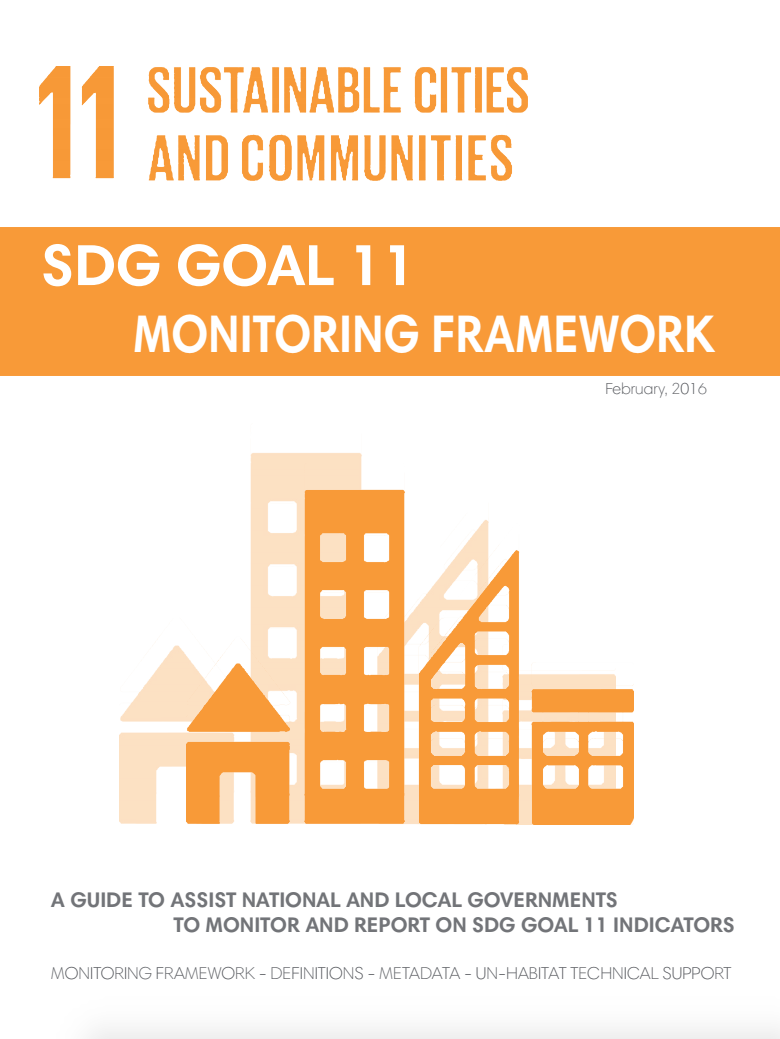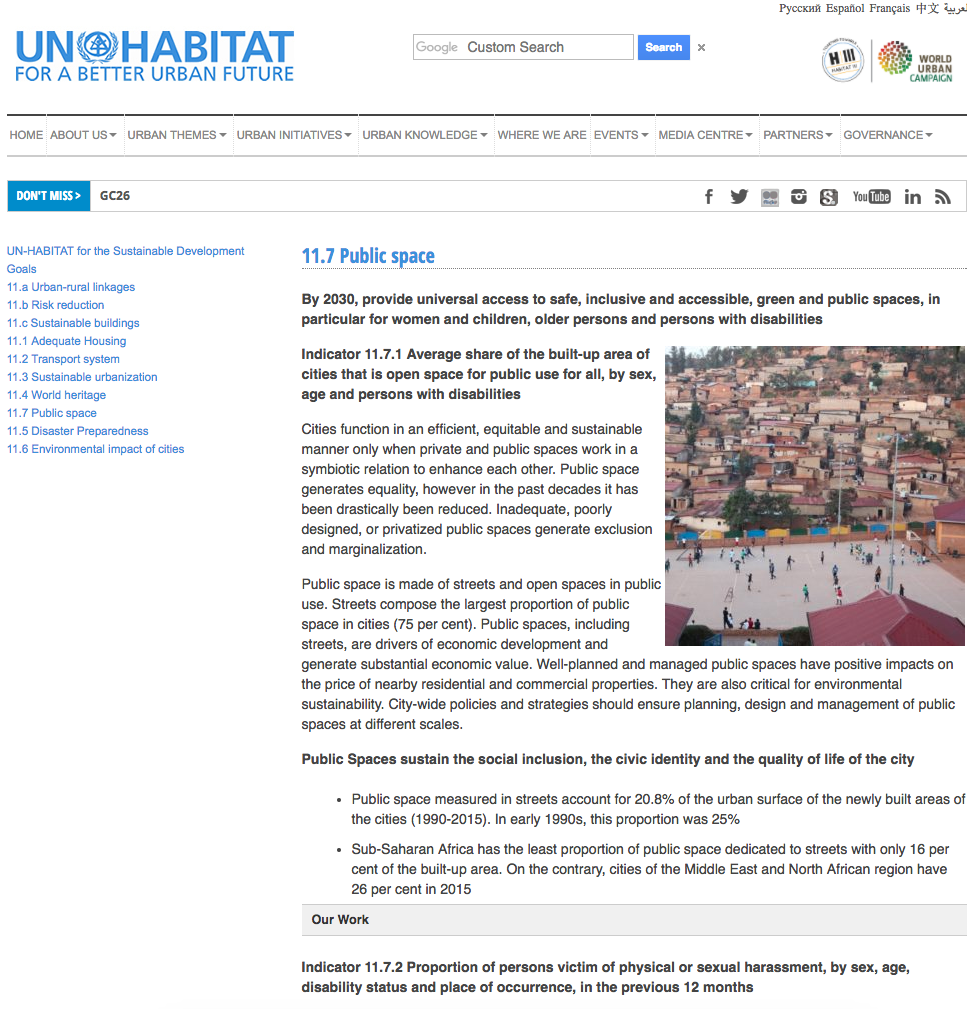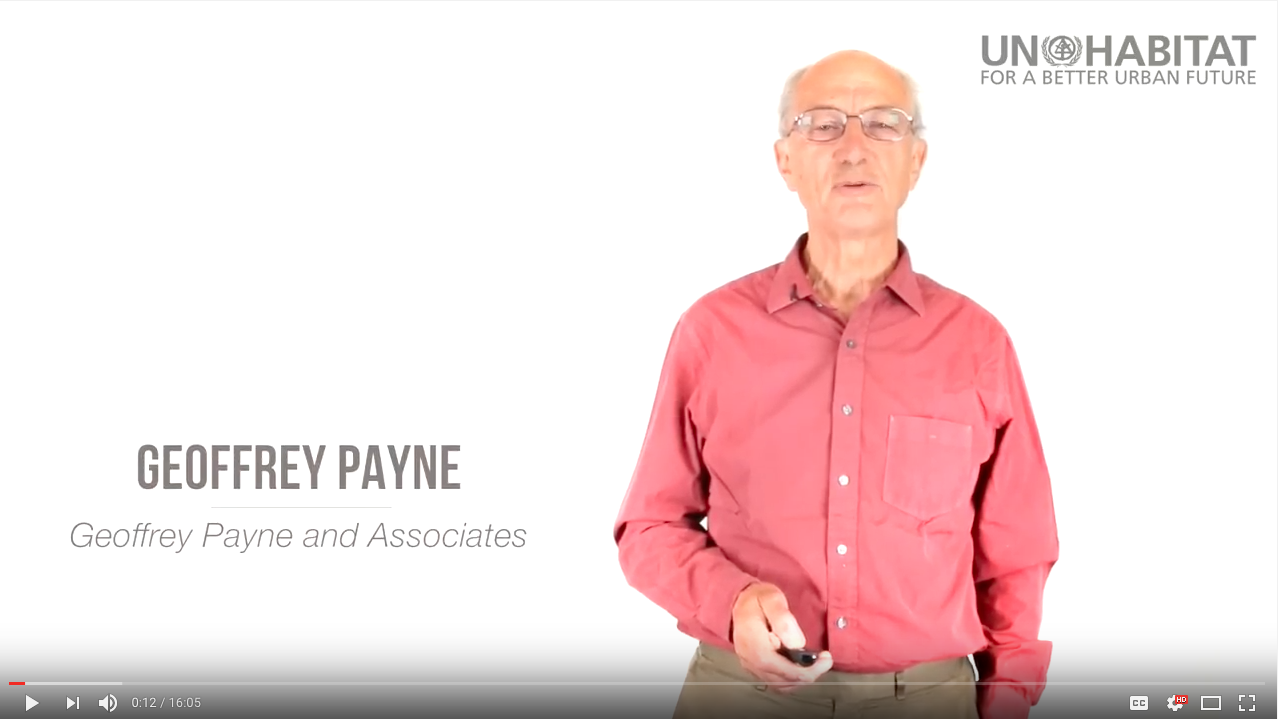Micro-scale urban surface temperatures are related to land-cover features and residential heat related health impacts in Phoenix, AZ USA
CONTEXT: With rapidly expanding urban regions, the effects of land cover changes on urban surface temperatures and the consequences of these changes for human health are becoming progressively larger problems. OBJECTIVES: We investigated residential parcel and neighborhood scale variations in urban land surface temperature, land cover, and residents’ perceptions of landscapes and heat illnesses in the subtropical desert city of Phoenix, AZ USA.










